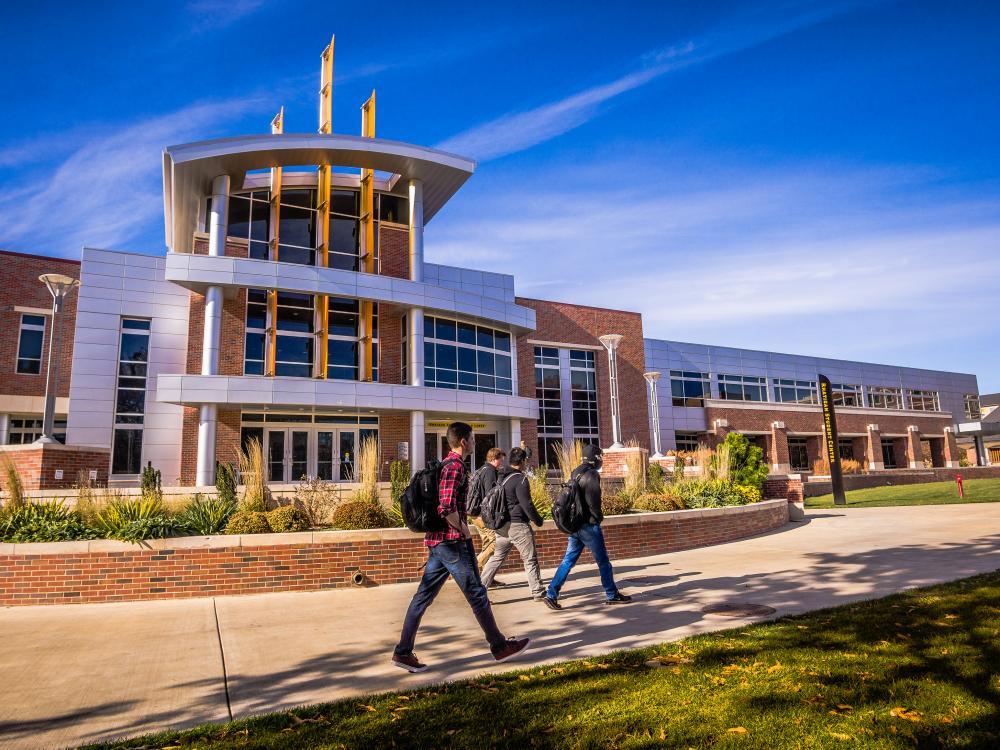
In the context of DRAC, the two main pillars of the STEM curriculum comprise Integrated STEM Practices such as data science and Essential Disciplinary Ideas as they relate to hazards, disaster prediction, preparedness, and disaster risk resilience at the local, regional and global societal levels. The foundational work in STEM Education is incessantly connecting with DRAC transdisciplinary discovery and innovation. This work is also propelled by the digital transformation advancement within and beyond the WSU convergence science initiative. Also, the existing educational standards, , , and will be utilized when focusing on k-12 STEM education and beyond.
NASA Middle School Teacher Workshop: Disaster Literacy
The NASA Disaster Literacy Workshop was held on the WSU campus on June 12 - 16, 2023.
The goal of the workshop was to train Kansas middle school teachers create sample
lessons for their students on natural disaster risk assessment and preparedness.
Disaster literacy refers to the knowledge, skills, and preparedness that individuals and communities possess to effectively understand, respond to, and mitigate the impact of disasters. STEM education has an essential role in understanding disaster literacy by providing a necessary foundation in STEM disciplines and in that way empowering individuals to make informed decisions, promote safety, and support effective emergency response efforts. Through STEM education, individuals gain a deeper understanding of the scientific principles behind natural disasters, such as tornados and earthquakes, enabling them to comprehend the causes, mechanisms, and patterns of these events. STEM disciplines also equip learners, both teachers, and students, with analytical and critical thinking skills to analyze data, predict disasters, and assess risks while at the same time empowering individuals to develop solutions for disaster preparedness, response, and recovery. Furthermore, by fostering interdisciplinary collaboration and nurturing a mindset of innovation, STEM education contributes to building resilient communities capable of effectively navigating and responding to the challenges posed by disasters.
NASA Middle School Teacher Workshop
National Science Foundation (NSF) Big Ideas
Next Generation Science Standards
- Earth & Human Activity:
- Weather & Climate:
Earth Science Literacy Principles (Big ideas)
- Big idea 1: Earth Scientists use repeatable observations and testable ideas to understand
and explain our planet
- 1.1 Earth Scientists find solutions to societyтАЩs needs
- Big idea 8: Natural Hazards pose risks to humans
- 8.2 Natural hazards shape the history of human societies.
- 8.3 Human activities can contribute to the frequency and intensity of some natural hazards.
Education Toolkit
This virtual toolkit contains a variety of open educational resources for teachers, including activities and games, which can be used for disaster education.


